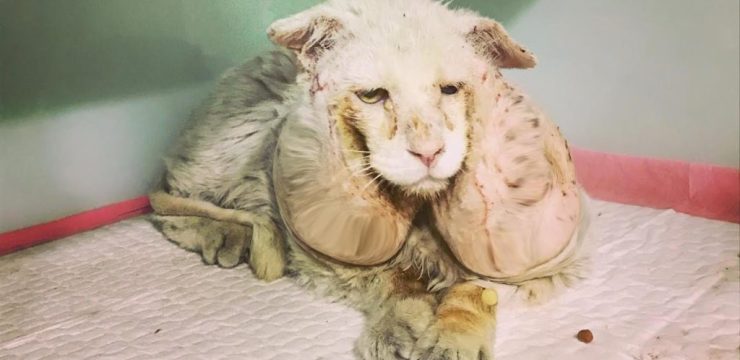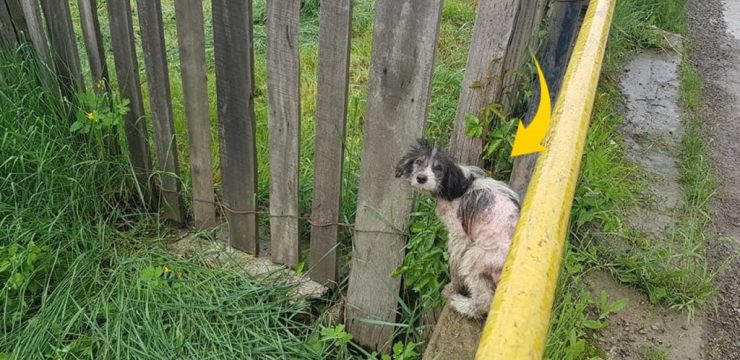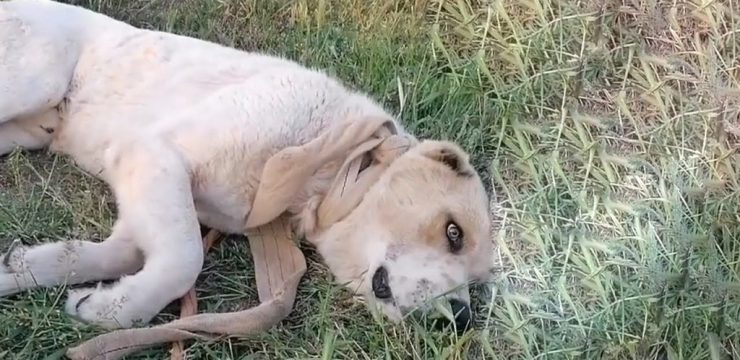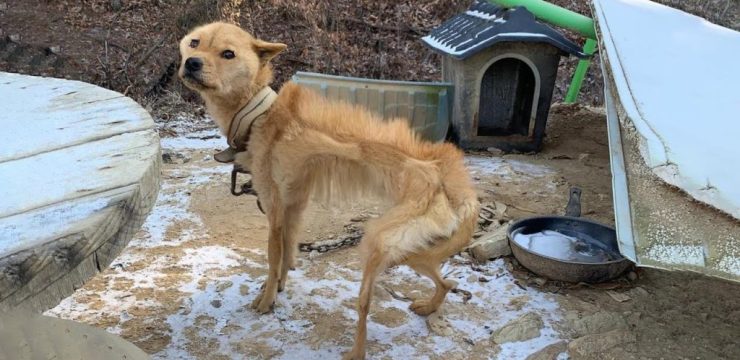Visual puzzles have a unique way of drawing us in, challenging our minds to distinguish between reality and illusion. One such viral puzzle features seven birds in a lineup, asking the deceptively simple question: Which one is real? At first glance, it seems easy, but many people find themselves second-guessing. Can you figure it out? Let’s unravel the mystery while exploring how visual puzzles sharpen our observational and problem-solving skills.
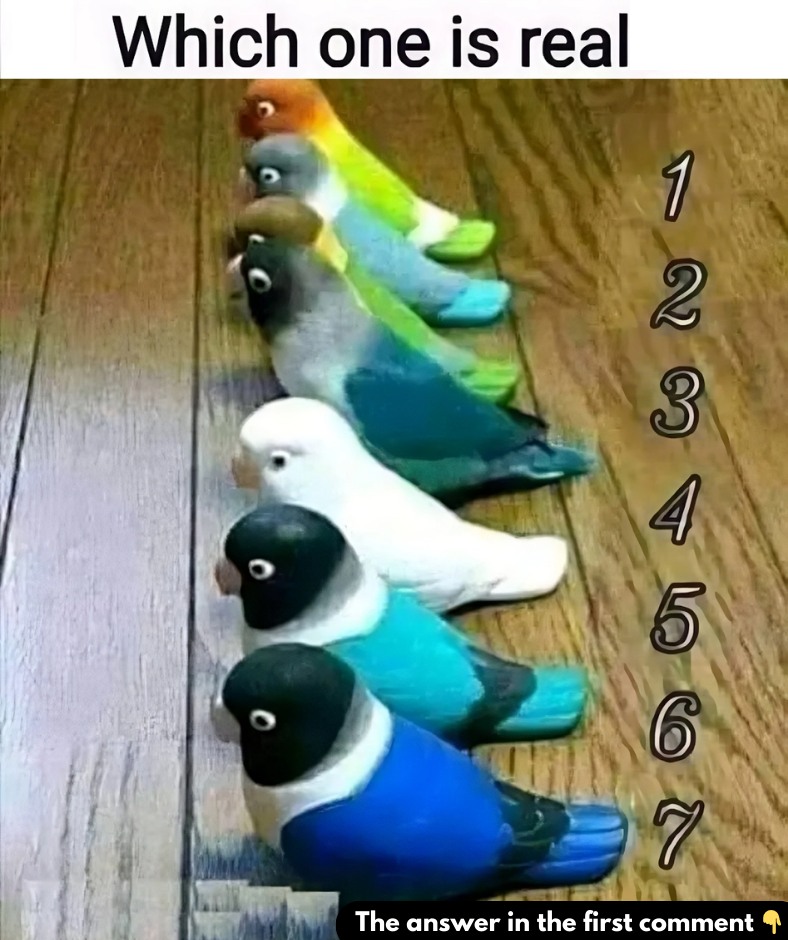
Why Are Visual Puzzles So Engaging?
Visual puzzles captivate us because they tap into multiple cognitive abilities:
- Attention to Detail: They demand focus on subtle differences.
- Pattern Recognition: They train us to identify things that stand out or break the norm.
- Logical Reasoning: They push us to piece together clues for a solution.
These challenges are more than entertainment—they’re tools for boosting brainpower. They enhance critical thinking, sharpen observation, and improve memory. Whether you’re solving them for fun or as a mental workout, puzzles offer benefits at every age.
The Challenge: Spotting the Real Bird
This puzzle’s difficulty lies in how similar all seven birds appear. Designed to trick the eye, it encourages rushed decisions that often lead to mistakes. Here are the common pitfalls and how to avoid them:
- Rushing the Process: Many glance quickly and pick the bird that feels “real.” This approach misses important details like texture or posture.
- Trusting the Obvious: The most colorful or prominently placed bird often seems like the answer—but puzzles rarely make it that easy.
- Ignoring Context: Failing to observe how the birds interact with their environment can lead to overlooking key clues, like shadows or how they rest on the surface.
- Overlooking Texture: Real animals have unique textures—feathers, glossy eyes, and natural contours. Toys lack these organic details.
How to Solve the Puzzle: A Step-by-Step Guide
Mastering puzzles like this requires a systematic approach. Here’s how to pinpoint the real bird:
- Eliminate the Obvious Fakes Start by identifying the birds that clearly look artificial. For example:
- Bird #1 has unnaturally bright colors.
- Bird #7 appears overly shiny, making it look like a plastic toy.
These characteristics immediately narrow the possibilities.
- Focus on Fine Details Zoom in or look closely at each bird, paying attention to:
- Feathers vs. Smooth Surface: Real birds have intricate feather patterns, unlike the smooth surfaces of toys.
- Eyes: A real bird’s eyes have depth and gloss, while toy eyes often appear flat and painted.
- Beak and Feet: Look for natural textures and proportions.
- Observe Shadows and Interaction with the Environment Real birds cast organic shadows and might slightly sink into surfaces due to their weight. In contrast, toy birds sit rigidly and have uniform shadows.
- Analyze Posture Real birds rarely sit perfectly symmetrical or motionless. Their heads might tilt slightly, or their bodies may lean naturally. This subtle lack of perfection often gives them away.
- Make Your Final Choice After carefully analyzing the lineup, Bird #4 emerges as the real one. Here’s why:
- Feathers: Bird #4 displays clear feather detailing.
- Posture: It has a natural tilt and asymmetry absent in the other birds.
- Shadow and Interaction: Its shadow looks organic and aligns realistically with the lighting.
The Power of Attention to Detail
This puzzle demonstrates how small details make a big difference. In everyday life, attention to detail can improve problem-solving, decision-making, and creativity. Visual puzzles like this one train your brain to look beyond the surface, fostering critical thinking and analytical skills.
What Did You Guess?
Now that you’ve seen the solution, did you identify Bird #4 as the real one? If not, what led you to a different conclusion? Share your answer in the comments and let us know how you approached the puzzle. Whether you solved it instantly or had to second-guess yourself, every attempt is a step toward improving your observation skills.
Take on More Challenges
If you enjoyed this puzzle, why stop here? Challenge yourself further with:
- Spot-the-difference puzzles to refine your attention to detail.
- Logic-based riddles that push your reasoning abilities.
- Hidden object games for visual-spatial skill development.
With regular practice, these activities not only become easier but also enhance your brain’s adaptability and creativity.
Conclusion: Keep Puzzling, Keep Growing
Visual puzzles like “Which bird is real?” are more than just a fun pastime—they’re opportunities to exercise your mind and test your ability to think critically. The next time you encounter a puzzle like this, you’ll be equipped to tackle it with a sharper eye and greater confidence.
So, why not share this challenge with friends and family? See if they can spot the real bird, and enjoy the collective satisfaction of solving puzzles together. After all, the joy of discovering the answer is even greater when it’s shared.

